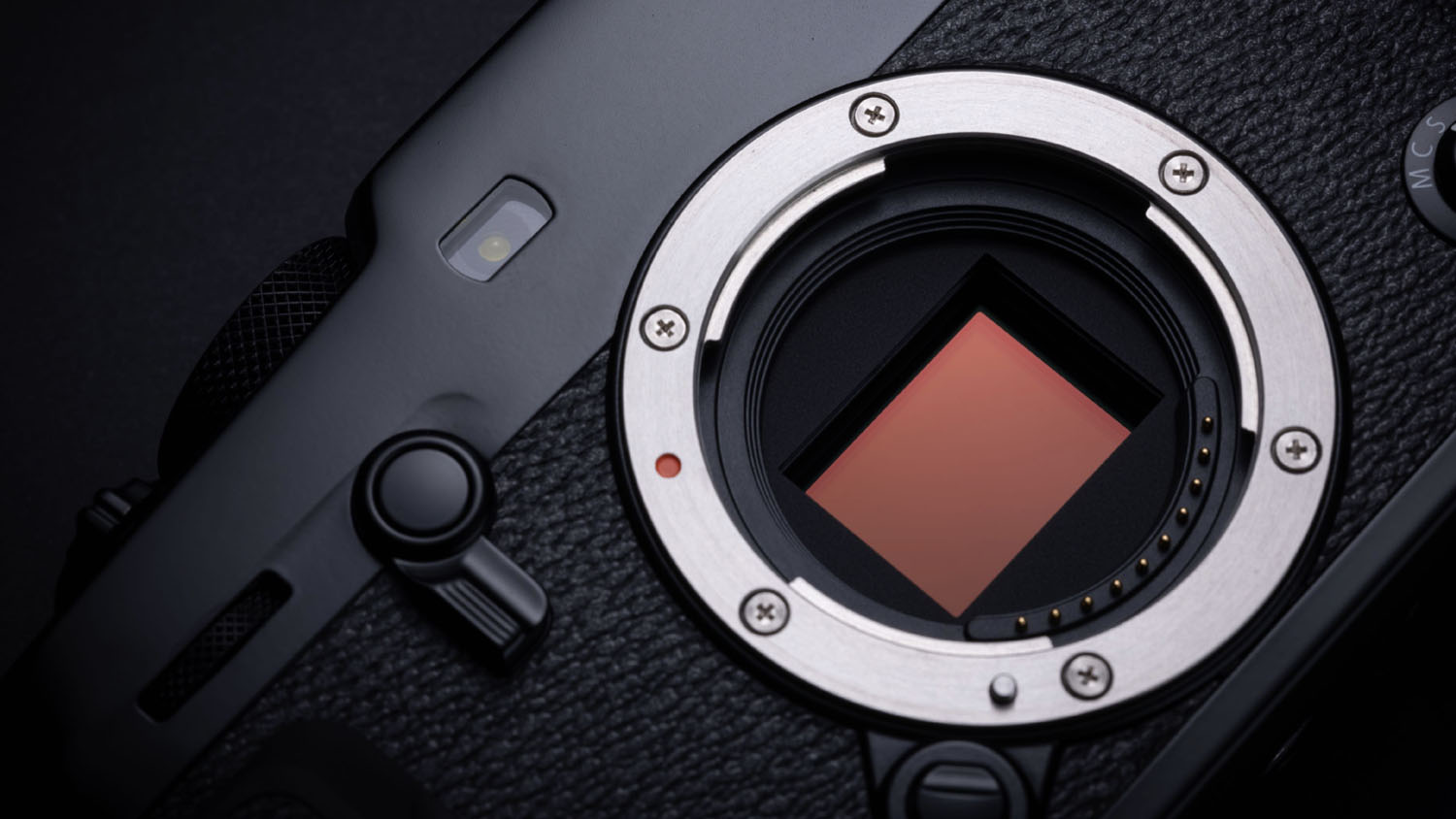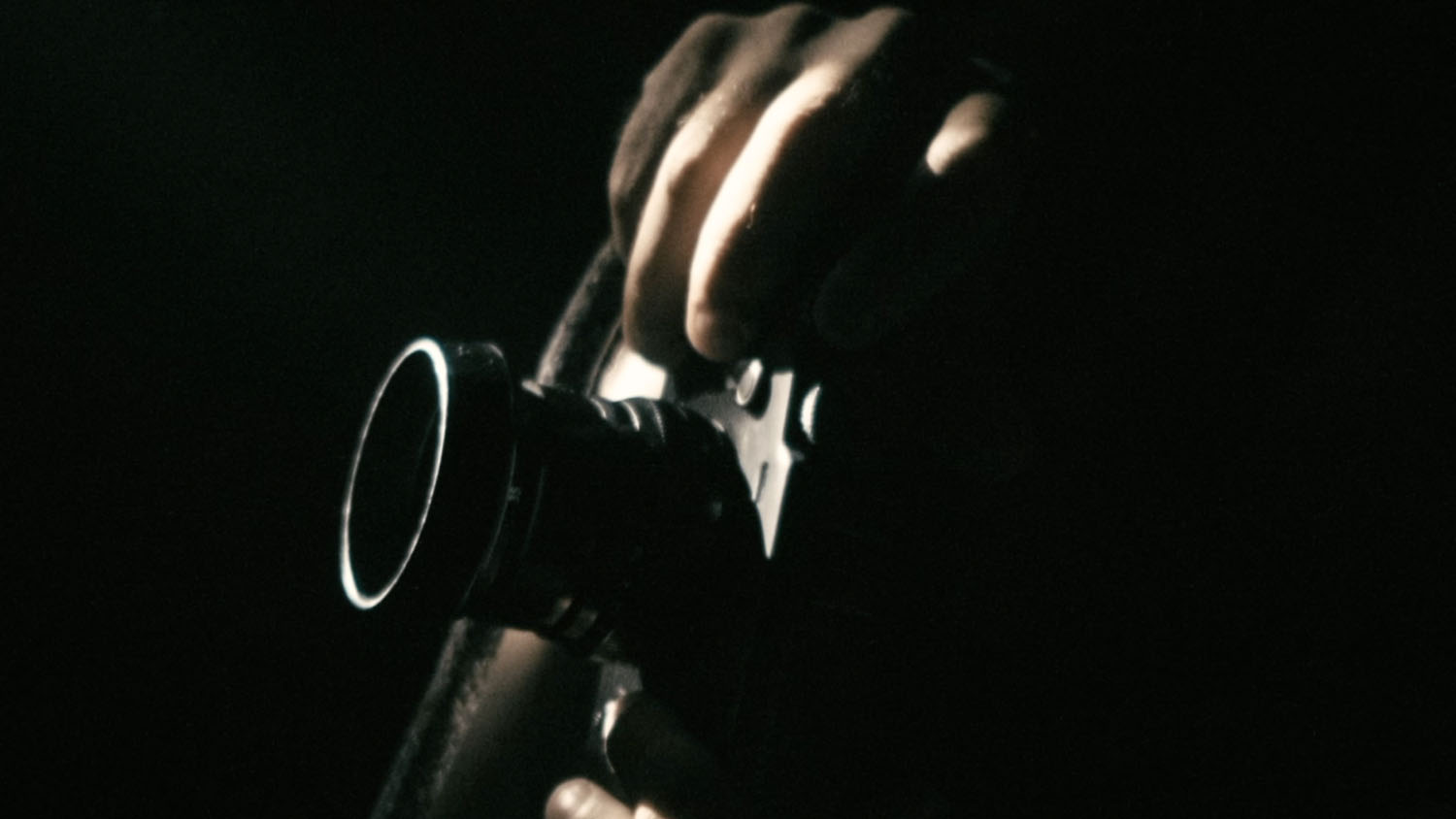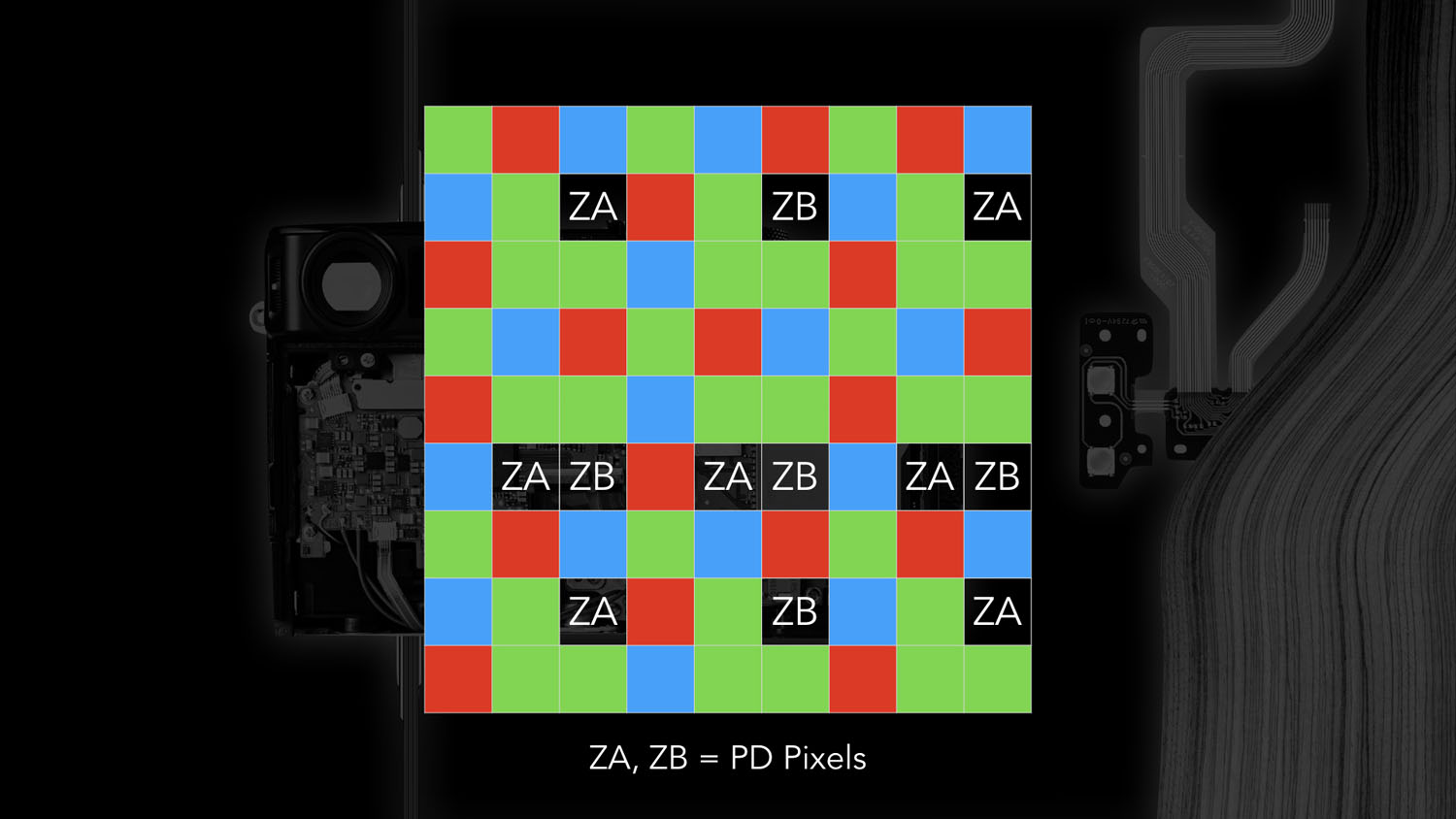With each major new product, I write an article on focusing, and every time it strikes me how hard Fujifilm’s engineers work. I’m also made aware that focusing is the fruit of a collaboration between software and hardware: with just one improvement in how it’s used, the performance of a single piece of hardware can be raised a couple of notches.
While the relationship between hardware and software is symbiotic, basically it’s hardware that comes first: only after the hardware is created can software be developed to suit, and consequently, the hardware can reach its full potential only when the software is complete. What I’m trying to say is that the X-Pro3’s focus system was developed to maximize the performance of a fourth-generation sensor and processor and that the autofocus system is essential given the nature of the X-Pro3.
If I had to define a field of use for the X-Pro3, I would no doubt place street photography, photojournalism, and documentary photography at the top. All call for a compact, light camera that can be used under any conditions once a subject is found; indeed, a camera that may be called upon by photographers who have to dive into one tough situation after another in search of photographs of things one doesn’t ordinarily see—tough situations that may well include both harsh natural environments and rough terrain, or crossing cultural barriers. That’s right: what photography requires above all is access to the subject. And once you have access, what then? How will the camera support you? This was the engineer’s theme for this camera, and as you will probably have already guessed, it is the phase-detection autofocus system that functions in environments as dark as −6 EV. This is what lets you take the X-Pro3—and do your job—anywhere.
In calculating EV, we define 0 EV as the exposure achieved in 1 second (1″) at ISO 100 with an aperture of F1.
−1 EV = ISO 200, F1, 1″
−2 EV = ISO 400, F1, 1″
−3 EV = ISO 800, F1, 1″
The above is the specification for the X-T3, and is already a perfectly adequate level of performance, allowing snapshots to be taken at night without difficulty. Nevertheless, let’s try continuing the sequence:
−4 EV = ISO 1600, F1, 1″
−5 EV = ISO 3200, F1, 1″
So, −6 EV = ISO 6400, F1, 1″
For an X Mount system lens that supports an aperture of F1, you’d need an XF50mmF1, so for practical purposes settings of ISO 1600, F1.4, and 2″ would be needed for −6 EV.
Any real-world situation in which such settings would be required for optimal exposure would be a very dark one indeed. These are probably not settings you’d use for photographs taken under a full moon but are more those that might be required in an unlit alley or for scenes lit by starlight on a moonless night.
And while for astrophotography, the manual focus might be enough for anyone—the stars aren’t going anywhere—for an X-Pro3 that can handle street photography, we wanted responsive autofocus. This was our motivation for completing the autofocus system in time in for the X-Pro3’s release.
I can only say that this miracle would not have been possible without the magic hands of the engineers. The X-Pro3’s autofocus uses information from phase-detection pixels embedded in the imaging sensor. The placement of these pixels on the imaging sensor is what makes accurate focus possible, but the sensor is not used only for focus—as an imaging sensor, it has another crucial role it must fill, namely, creating the image.
At low light levels, pixels with color filters—the pixels used for imaging—function in their normal role, while the phase-detection pixels, which lack color filters, operate in a different sequence to maximize exposure time to produce a sufficiently strong signal even under low light.
Not only that, but this is the level of performance the sensor can achieve just with the current lens lineup. With the XF50mmF1 (in development) I mentioned above, a performance of 1 stop better (−7 EV) becomes possible.



















































